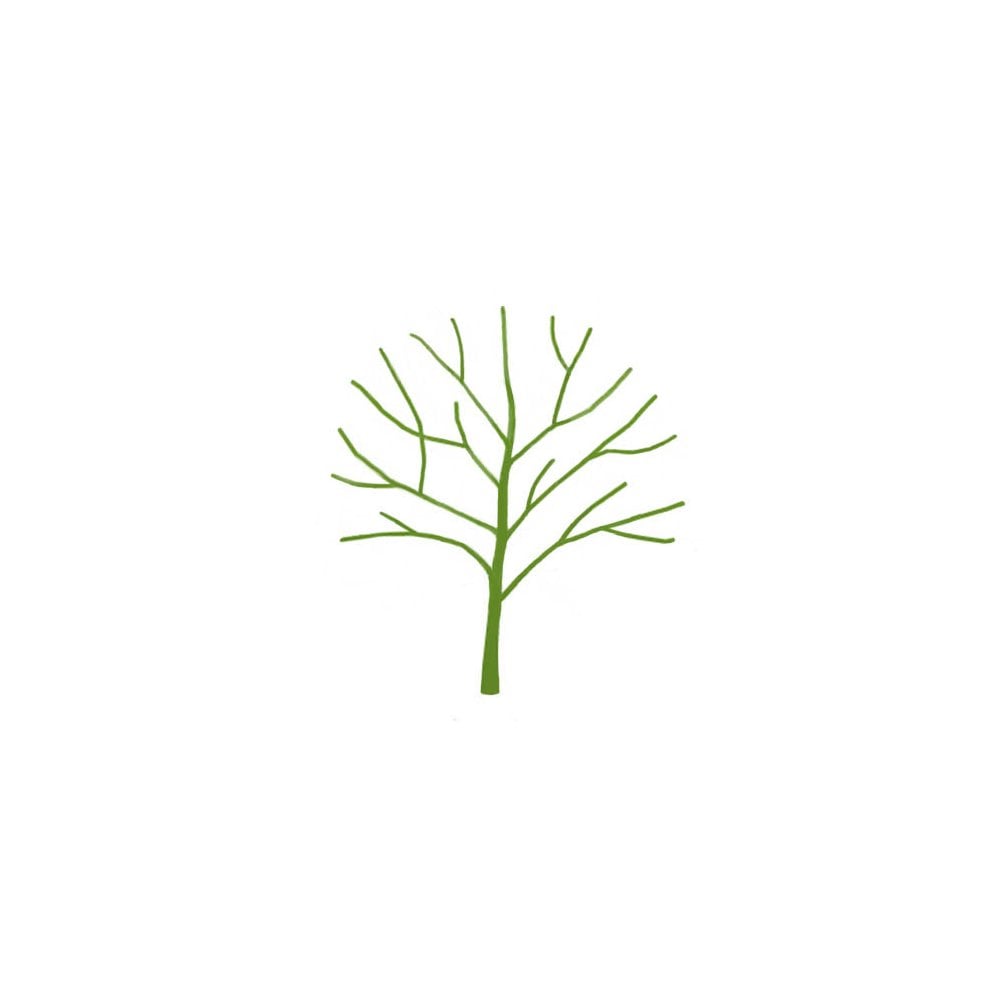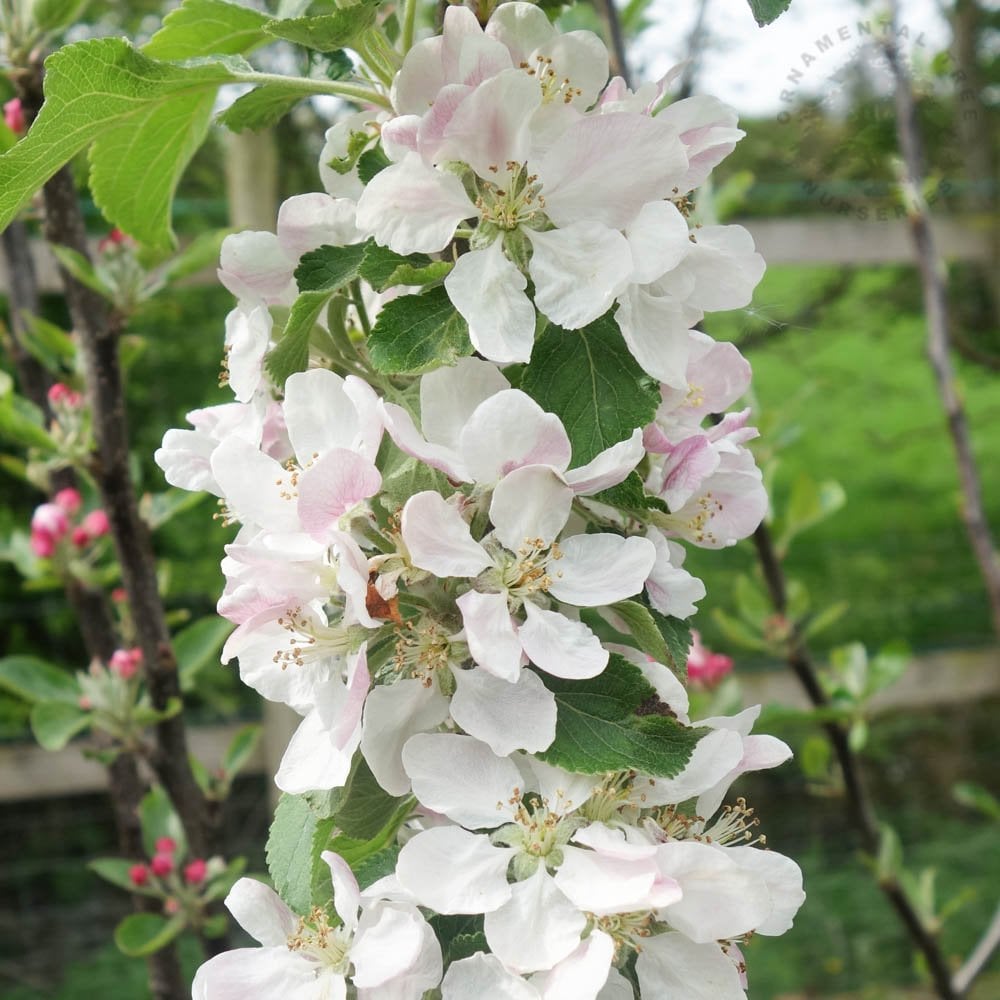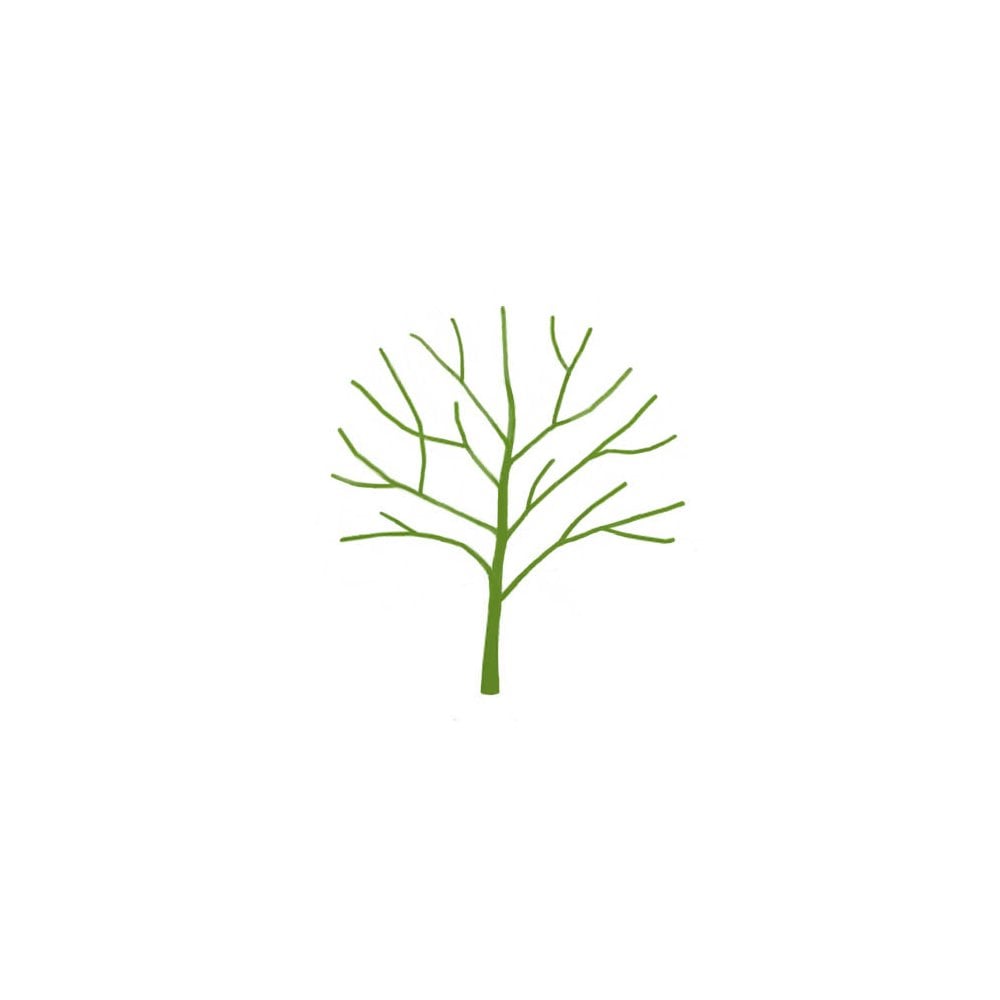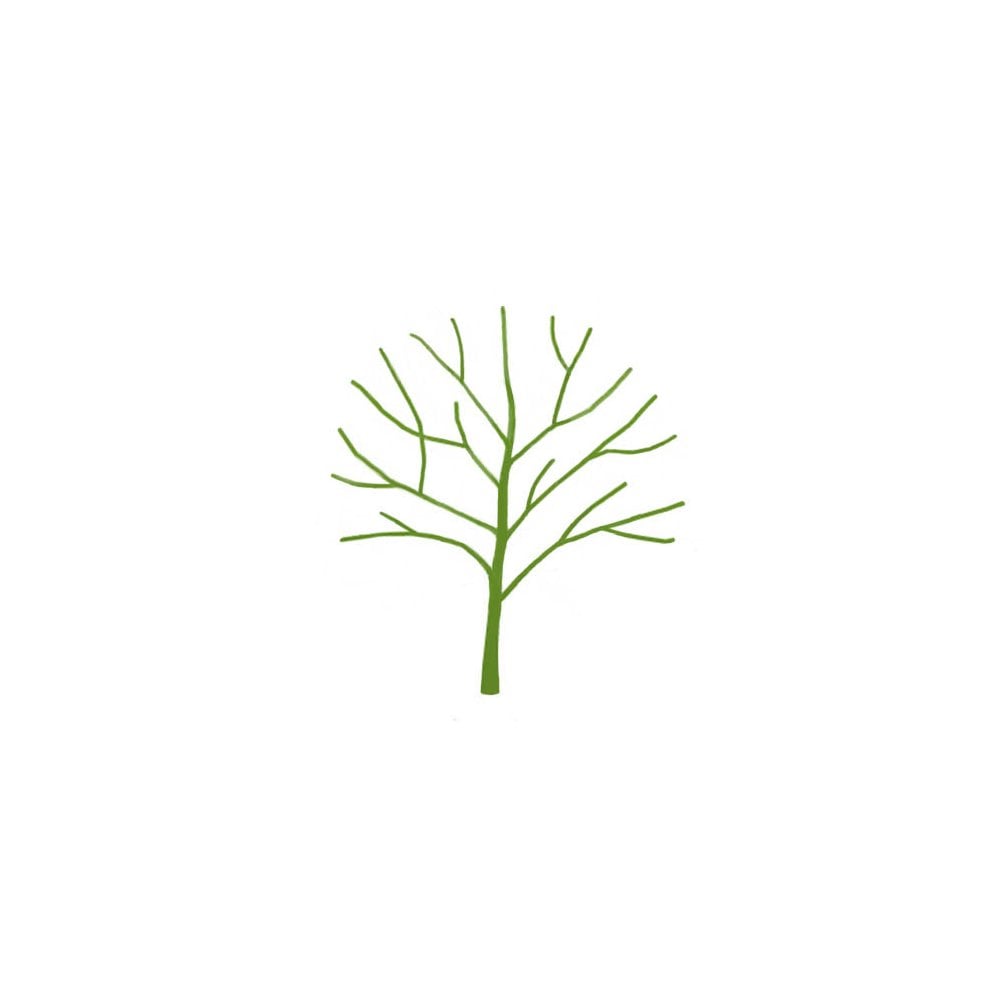Red Windsor Apple Tree
Red Windsor Apple Tree
Eating Apple Trees

Red Windsor Apple Tree
Eating Apple Trees






Key features




Description
Red Windsor apple trees produce an abundance of bright red apples with a slight Cox-like flush. The excellent flavour is aromatic, sweet and similar in taste to the popular Cox apple with a hint more sharpness.
This reliable red Apple tree is self fertile so won't require a pollination partner and it has good disease resistance. As well as our usual M26 (semi dwarf) and MM106 (semi vigorous) rootstocks, we also offer Red Windsor on an M9 (dwarf) rootstock that is suitable for small gardens and container growing.
Malus domestica 'Red Windsor' is also known as Sweet Lilibet and is a sport of the variety Alkmene. It originates from Herefordshire UK, 1985.
| Small shrubs (1-3) | Young trees & 4+ small shrubs | Select semi-mature trees & shrubs (1-4) | All other mature trees (any quantity) | |
|---|---|---|---|---|
| Mainland UK ex. Scottish Highlands | £10 | £12 | £35 | from £55 |
| Scottish Highlands & the Islands | From £30 | |||
| Outside Mainland UK | Currently we are unable to deliver outside of Mainland UK | |||
Product Details
Key features




Description
Red Windsor apple trees produce an abundance of bright red apples with a slight Cox-like flush. The excellent flavour is aromatic, sweet and similar in taste to the popular Cox apple with a hint more...
Red Windsor apple trees produce an abundance of bright red apples with a slight Cox-like flush. The excellent flavour is aromatic, sweet and similar in taste to the popular Cox apple with a hint more sharpness.
This reliable red Apple tree is self fertile so won't require a pollination partner and it has good disease resistance. As well as our usual M26 (semi dwarf) and MM106 (semi vigorous) rootstocks, we also offer Red Windsor on an M9 (dwarf) rootstock that is suitable for small gardens and container growing.
Malus domestica 'Red Windsor' is also known as Sweet Lilibet and is a sport of the variety Alkmene. It originates from Herefordshire UK, 1985.
Planting & Care
Delivery Information
| Small shrubs (1-3) | Young trees & 4+ small shrubs | Select semi-mature trees & shrubs (1-4) | All other mature trees (any quantity) | |
|---|---|---|---|---|
| Mainland UK ex. Scottish Highlands | £10 | £12 | £35 | from £55 |
| Scottish Highlands & the Islands | From £30 | |||
| Outside Mainland UK | Currently we are unable to deliver outside of Mainland UK | |||
MORE TO GROW YOUR GARDEN




























